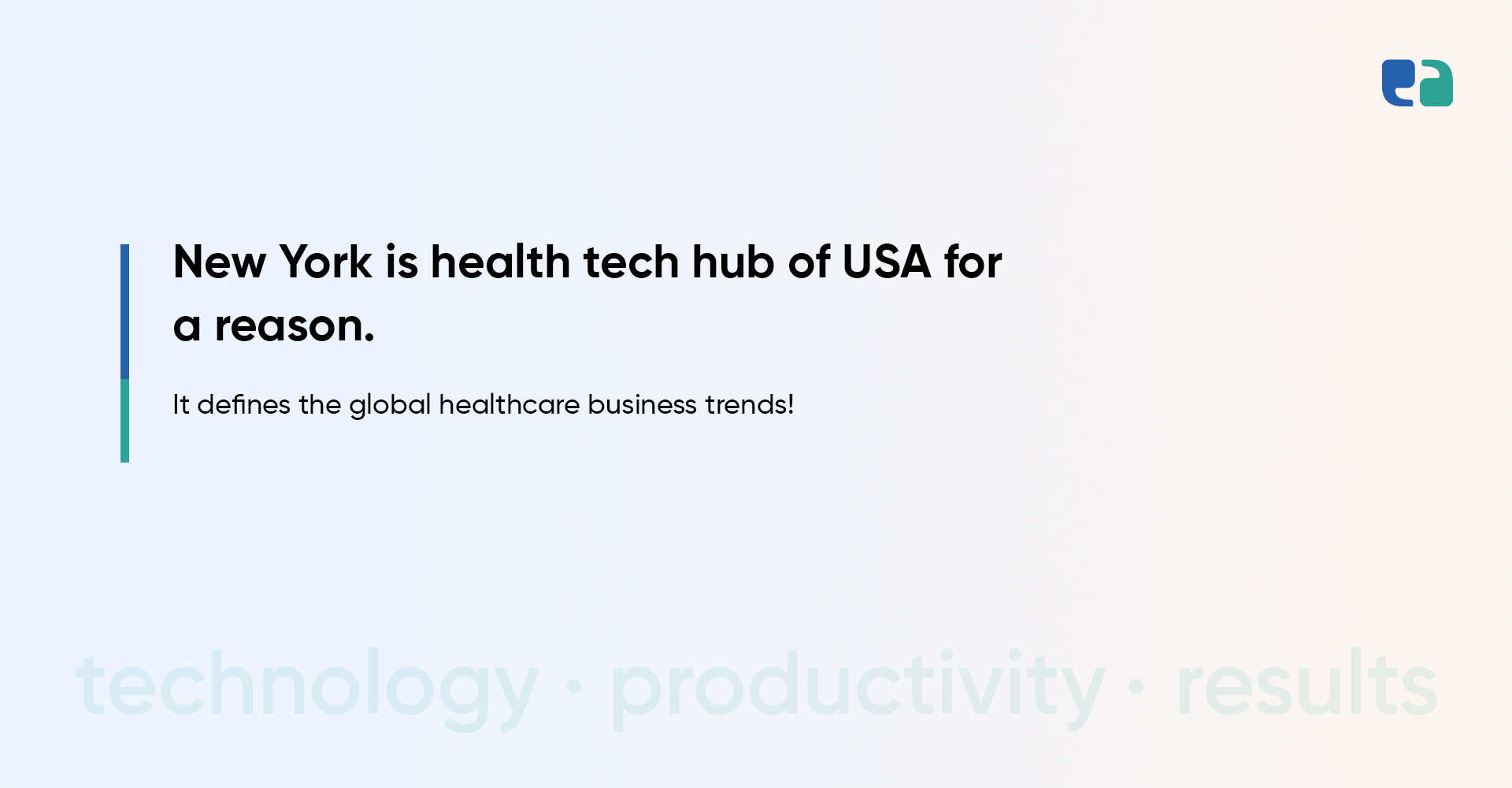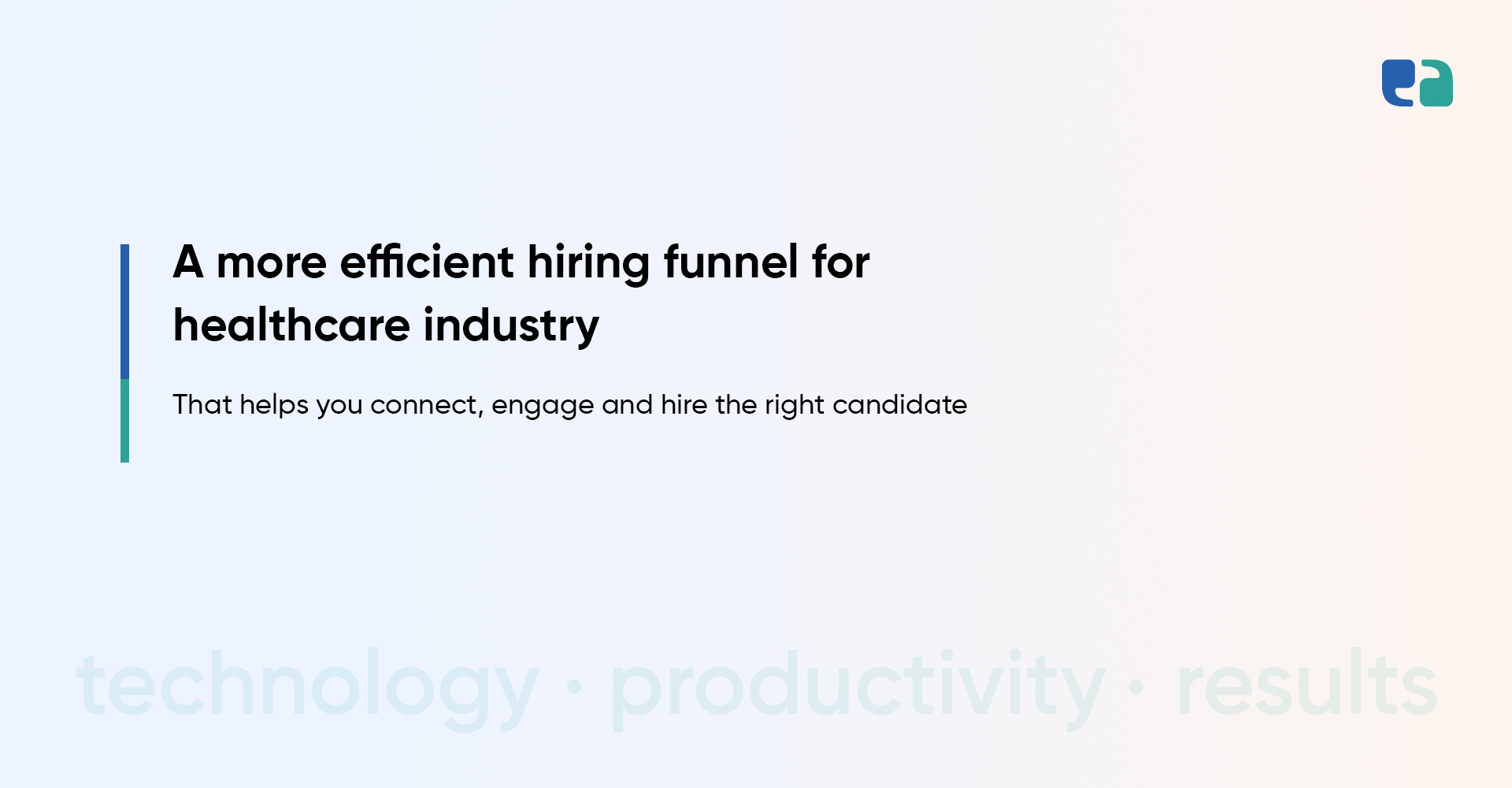The healthcare industry is about to undergo a major transformation, and AI is at the heart of it.
From diagnosing diseases more accurately to streamlining day-to-day operations, AI promises a future that’s more efficient and effective for both patients and healthcare providers.
To guide this change, the Bipartisan AI Task Force, made up of 24 members of the U.S. Congress, created a comprehensive roadmap for AI innovation.
Their report, released in December 2024, highlights how AI can revolutionize healthcare while ensuring necessary safeguards are in place.
In this blog, we’ll break down the key findings and recommendations from the report, focusing on what healthcare organizations need to know to stay ahead in this exciting, fast-evolving field.
Key Findings of the Report
The Bipartisan AI Task Force’s report points out two major findings that are key for healthcare organizations to understand:
Key Recommendations for Healthcare Organizations to Harness AI Effectively
To make the most of AI while ensuring safety and transparency, the Bipartisan AI Task Force offers several recommendations for healthcare organizations. These guidelines help ensure AI’s responsible and effective use in healthcare settings.
Top AI Healthcare Technologies Which are Transforming the Industry
Why Choosing a Healthcare-Specific IT Company for Your AI Project is Essential
When integrating AI into your healthcare practice, there’s one crucial thing to keep in mind.
Many health tech startups and medical facilities face challenges because they choose a non-healthcare IT company as their tech partner.
AI is still new and complex. To deliver a successful solution, you need a partner with deep expertise in healthcare.
It’s not enough for a company to just know tech; they must understand healthcare inside out. A general tech company just won’t cut it.
Only a healthcare-specific IT company can bring the knowledge needed to make your AI solution work. Without this expertise, you risk building something that doesn’t meet healthcare needs or, worse, fails completely.
Not to mention, healthcare compliance is complex. Add AI to the mix, and it gets even trickier.
Navigating regulations like HIPAA and PIPEDA without specialized knowledge can lead to costly mistakes.
We’re sharing this because, at SyS Creations, we’ve heard firsthand from clients who’ve faced challenges with non-healthcare-specific companies.
They often share their frustrating experiences—solutions that weren’t tailored to healthcare needs or didn’t comply with strict regulations. With over 10 years of experience focused solely on healthcare IT, we understand the nuances that make a healthcare AI solution successful.
It’s why we are confident that our solutions don’t just work; they change the way healthcare practices function.



